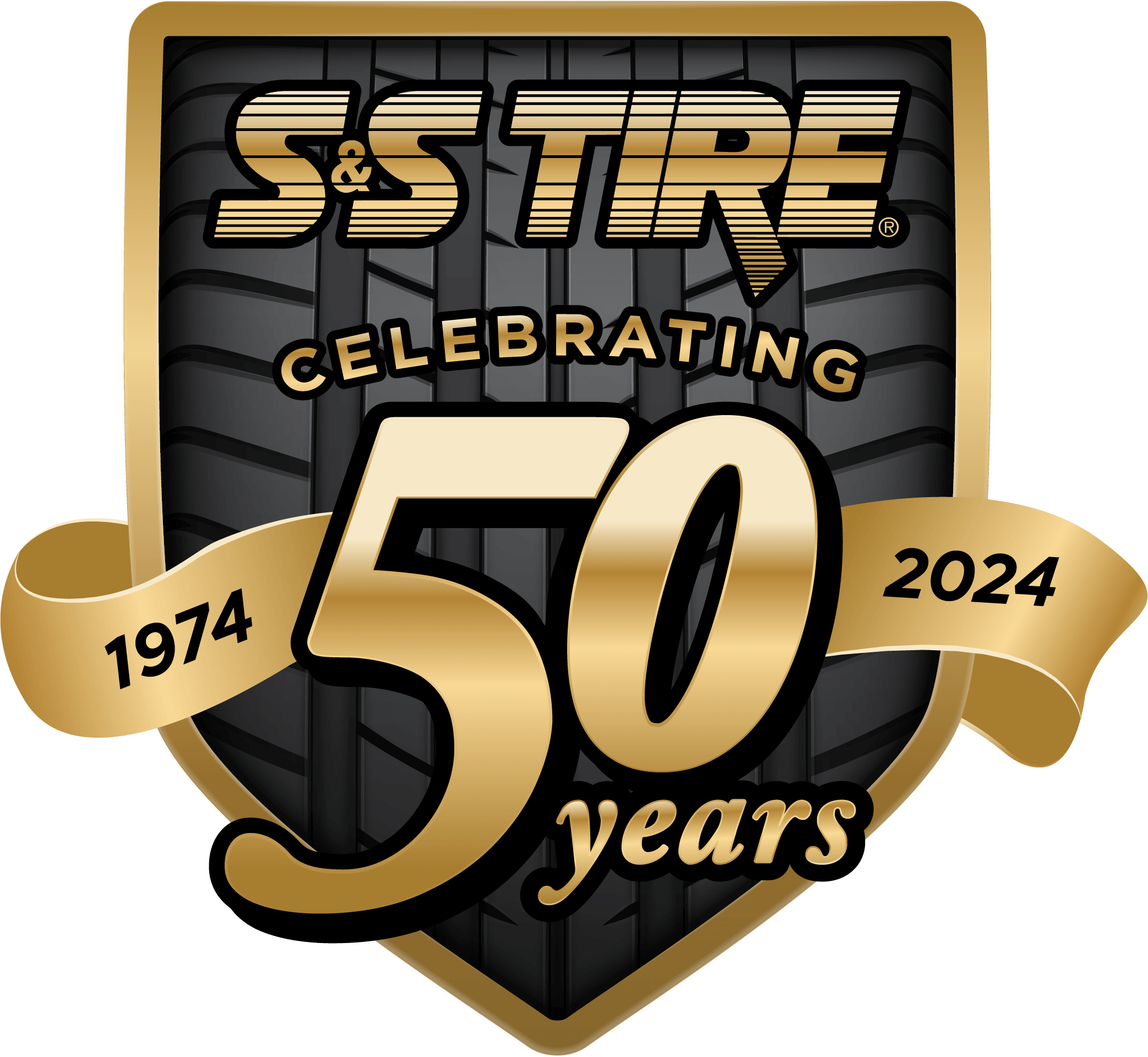Dear Tracy,
A friend recently mentioned that he was going to be taking his car in this fall for tire siping. He said that siping improves traction and tire performance, especially for driving on snow and ice. Can you tell me what exactly tire siping is, and whether or not this is something I should do?
-John C.
Dear John,
Siping refers to the process of cutting slices across the tire tread to improve traction. The idea is that the slice opens up on the surface of the road, grabbing the road and dispersing water that may be on its surface. To understand siping a little better, it is helpful to know the history behind this concept.
Siping is said to have been invented in the early 20’s by John Sipe, a slaughterhouse employee who had problems with his shoes slipping on the wet floor. He discovered that by cutting groves into the rubber sole, he could greatly improve the traction of his shoes. Since Mr. Sipe had the foresight to patent his idea, the concept has been since known as “siping.” In the 1950’s, tire manufacturers began employing this concept in tire tread designs, and today we see specialized siping patterns used for a variety of tire types. This short Goodyear video shows an example of a sophisticated self-locking siping design.
To your question of whether or not to have your tires modified with additional siping, there are varying opinions on the subject, as you may have guessed. Advocates of tire siping maintain that post-manufacture siping, or micro-siping, offers real performance and safety benefits. Tire siping machines are available in a variety of configurations for after-market tire modification. On the opposing side, Consumer Reports did a test concerning tire siping benefits. While they did report modest performance gains, they pointed out that this often costly modification could result in the voiding of your tread-wear warranty.
John, regarding siping your tires, your best bet will be to consult your tire dealer who knows the type, condition, and age of your tires. It might make more sense to purchase a quality set of winter tires, which have been designed and manufactured to incorporate siping features and benefits.
